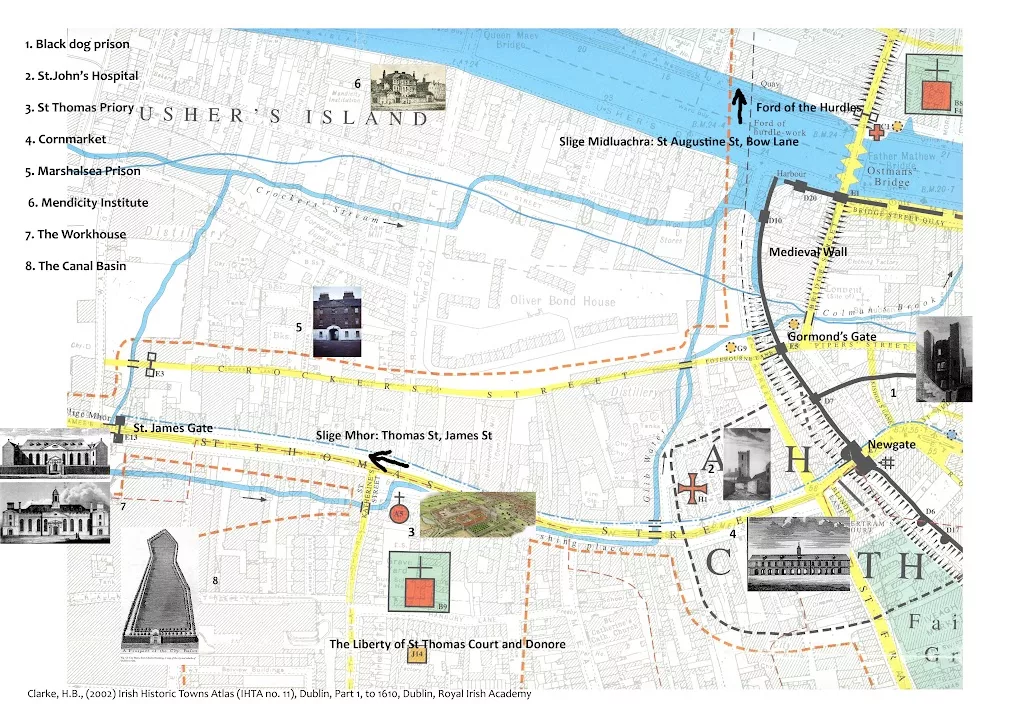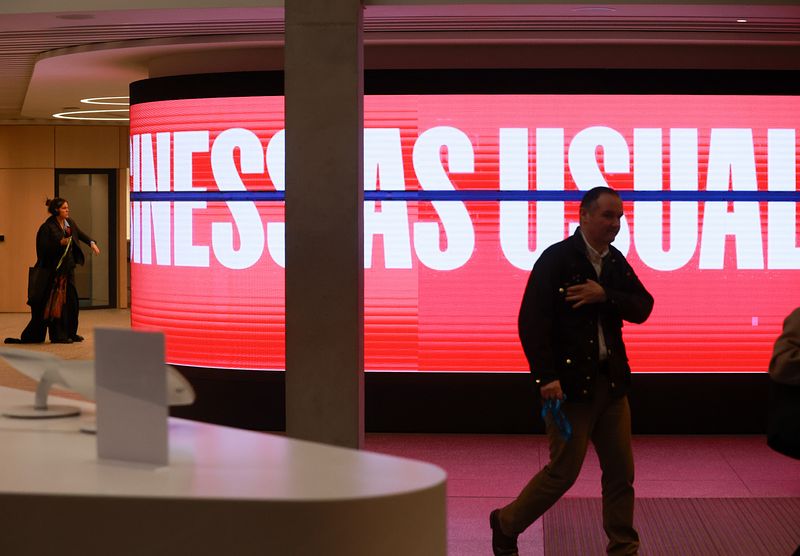
Creative Futures Academy at NCAD has introduced a suite of new cross-disciplinary Creative Futures Electives that allow inter-institutional mobility across NCAD, IADT and UCD.
The electives offer a diverse mix of real-world learning and respond to future-focused skill needs within the Creative and Cultural industries. They are developed and delivered by leading academics who are immersed in creative specialist practice and maintain active links and partnerships with Industry. Through these elective offerings NCAD and CFA are responding to key industry needs by providing agile new modules that facilitate collaboration in this space.
Cross-disciplinary learning is embedded in the CFA elective structure, supporting meaningful interaction between students across Design, Fine Art, Media, Narrative, and other Applied and Theoretical Creative Practices. These electives create space for peer-to-peer dialogue, shared interactions, and collaborative learning, encouraging students to engage with diverse perspectives and gain collaborative insights that broaden their core programmes of study.
Social and global complexities require creative, adaptable, and collective explorations. These interdisciplinary exchange opportunities equip learners to think collaboratively and imagine new possibilities for their futures.
We were delighted to recently offer a selection of electives at NCAD, specifically designed for blended and/or online delivery to enhance and complement existing on-campus learning.
Using a mixture of history, theory and practice this elective sought to explore the potential of networks for creative practitioners culminating with a period of supported self-directed learning.

This elective investigated how history, politics and identity manifest as visual language in our environment. Learners picked a location to research and inform creative responses to findings ultimately creating a document as a record of research and experimentation.
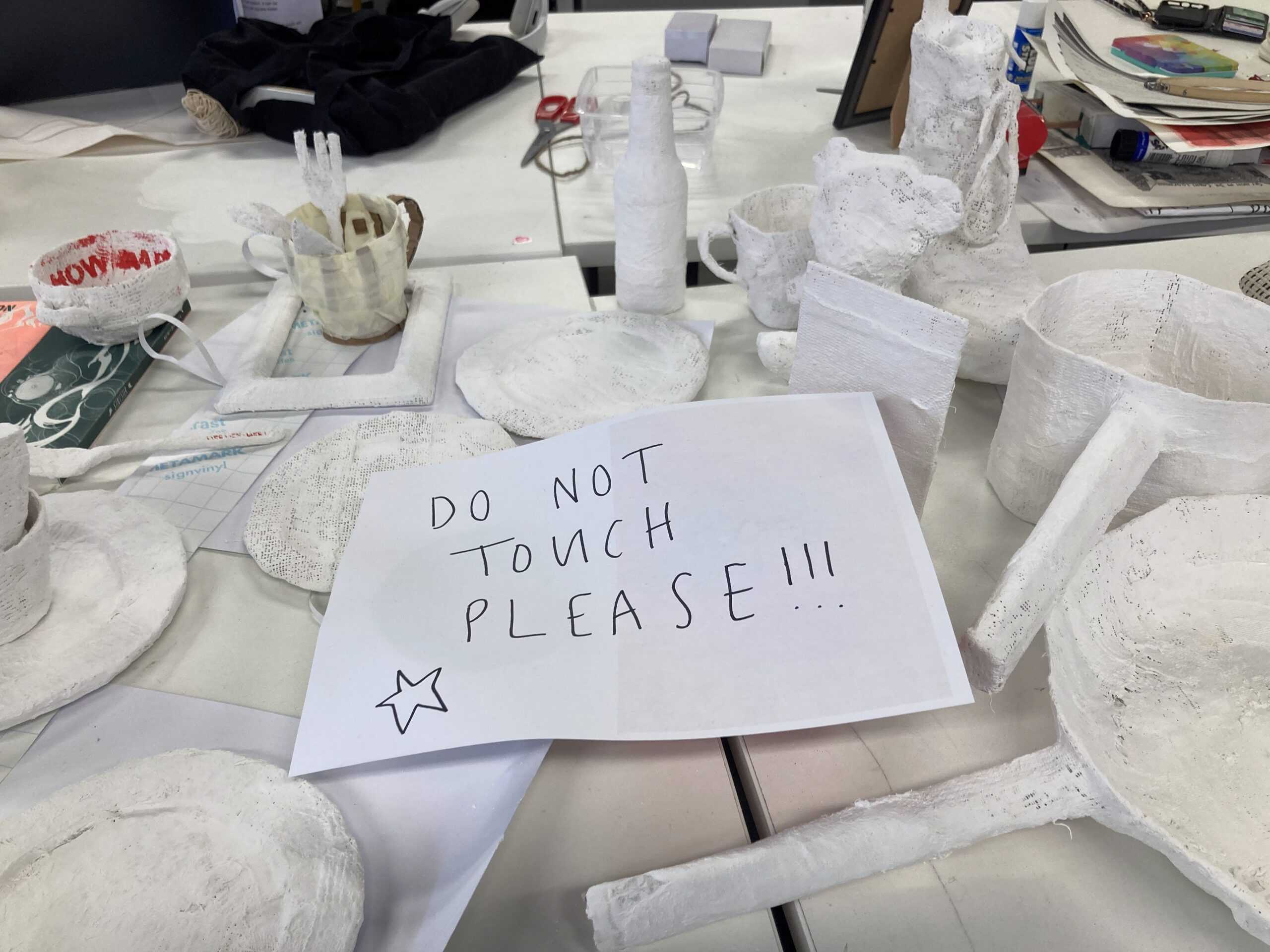
In this elective, learners examined the implications of technological assimilation of text and strategies of adapting language to reflect contemporary cultural landscapes with an emphasis on speed and brevity. Content explored the interchange between the visual and written, discussing album and book covers, the relevance of memes, emojis, and blended-form short stories amongst other things.
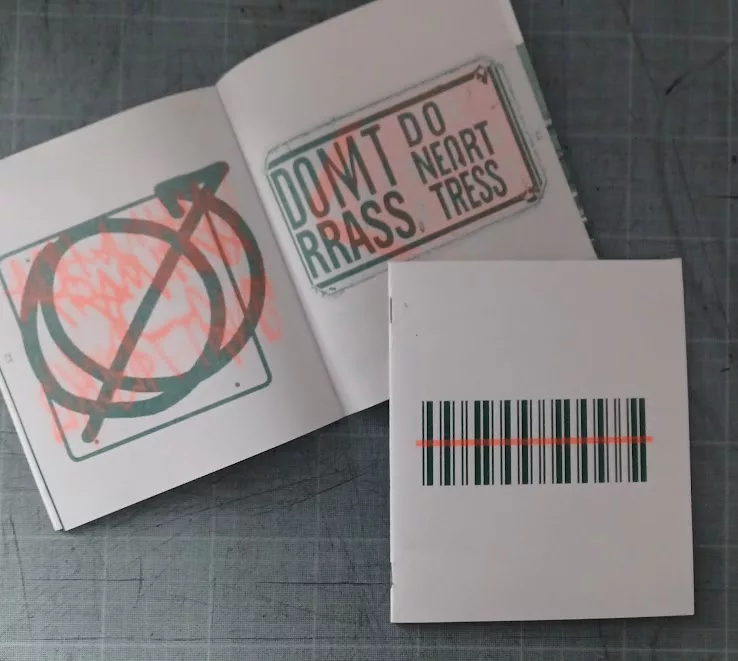
This elective introduced a range of adaptable tools designed to support the transformation of a creative practice into an enterprise. Featuring a host of guest lectures from industry professionals as well as offering field visits to provide practical insights to help inform a business proposition and concept.
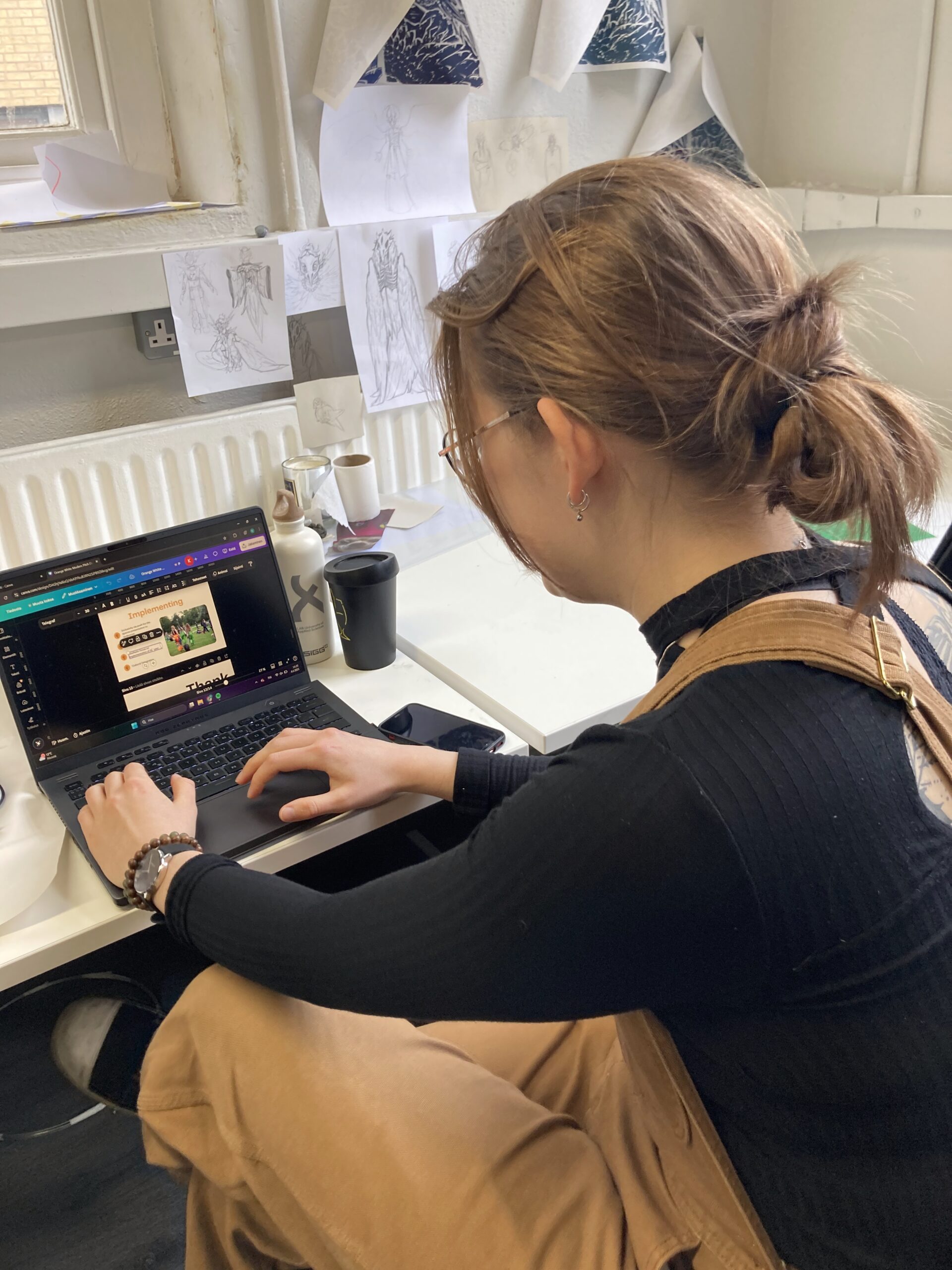
Through a series of practice-based workshops and lectures, Learners had the opportunity to individually and collectively find new possibilities for digital techniques to support contemporary creative practice.
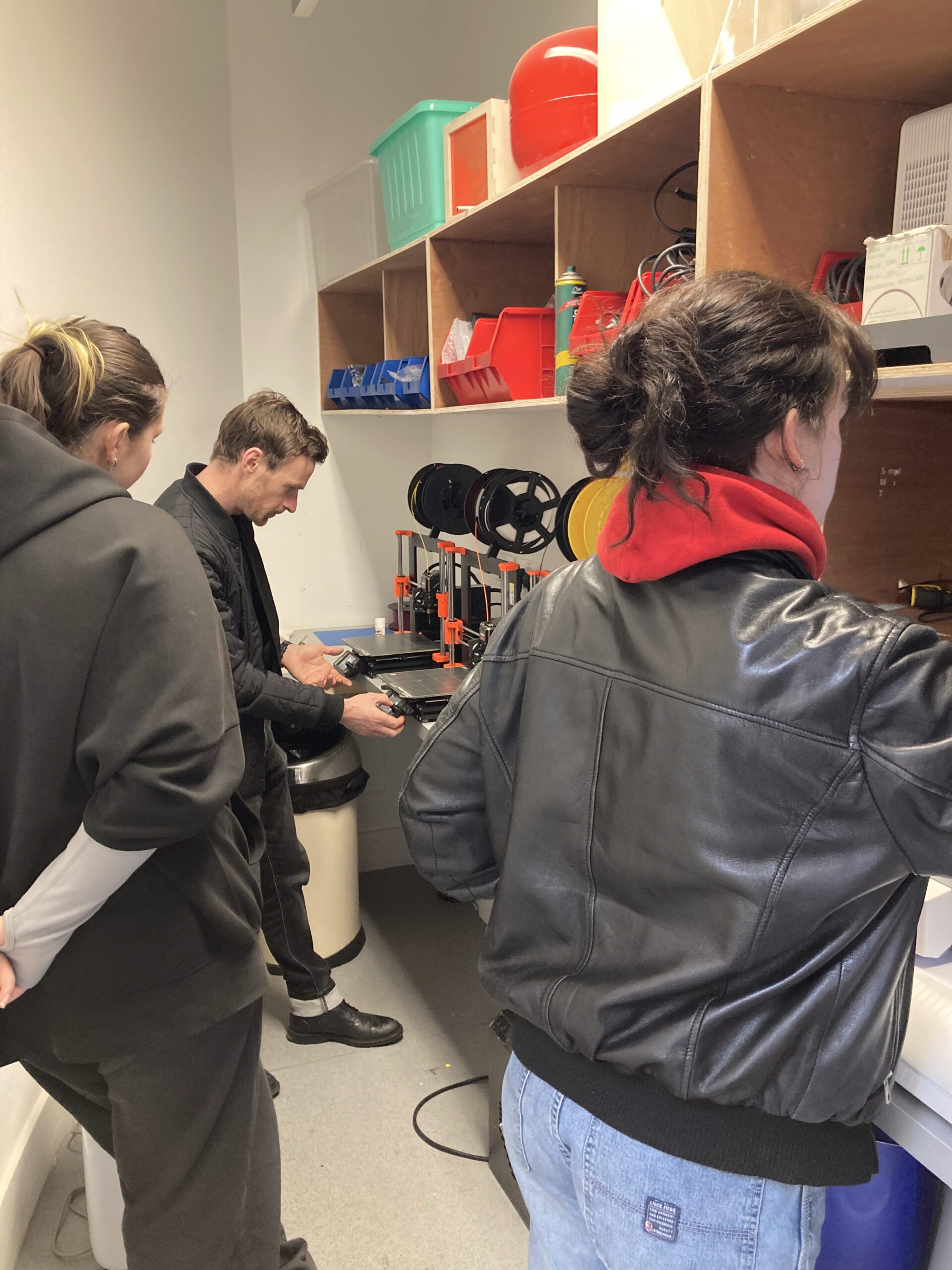
This unique elective sought to equip learners with an awareness of the issues surrounding designing diversity and equality, such as the need to decolonise the discipline, as well as provide the tools, methods and platforms to enact personal change.
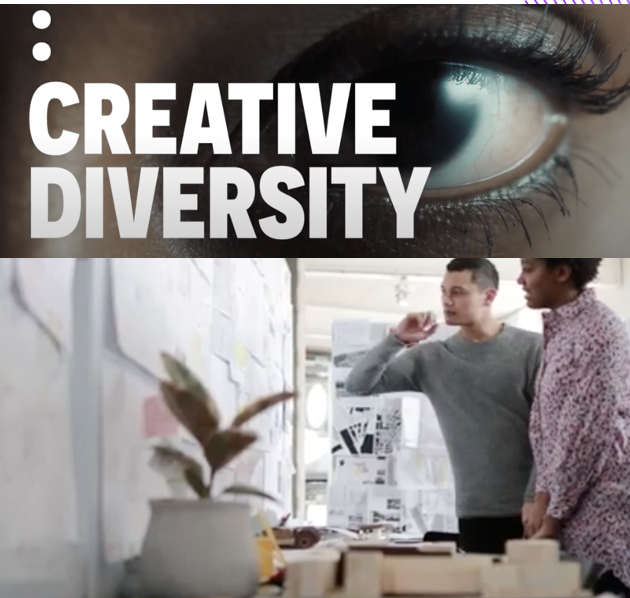
In this elective learners created individual and collective creative tools that connect with our surrounding seas. Students were introduced to and creatively reflect on: the Anthropocene, micro/macro scales of time, island coastal edges, participatory and adversarial art and design practices that explore the issues, current policy and connections to our sea looking from our collective ‘line of sight’ as islanders. Along with individual creative activities, students worked on active strategies of community collaboration to produce a ‘map’ that benchmarks the present day real time situation in relation to rising seas and poses questions for the future. This will actively and practically contribute to Fair Seas on-going campaign to protect our seas for the next generation.
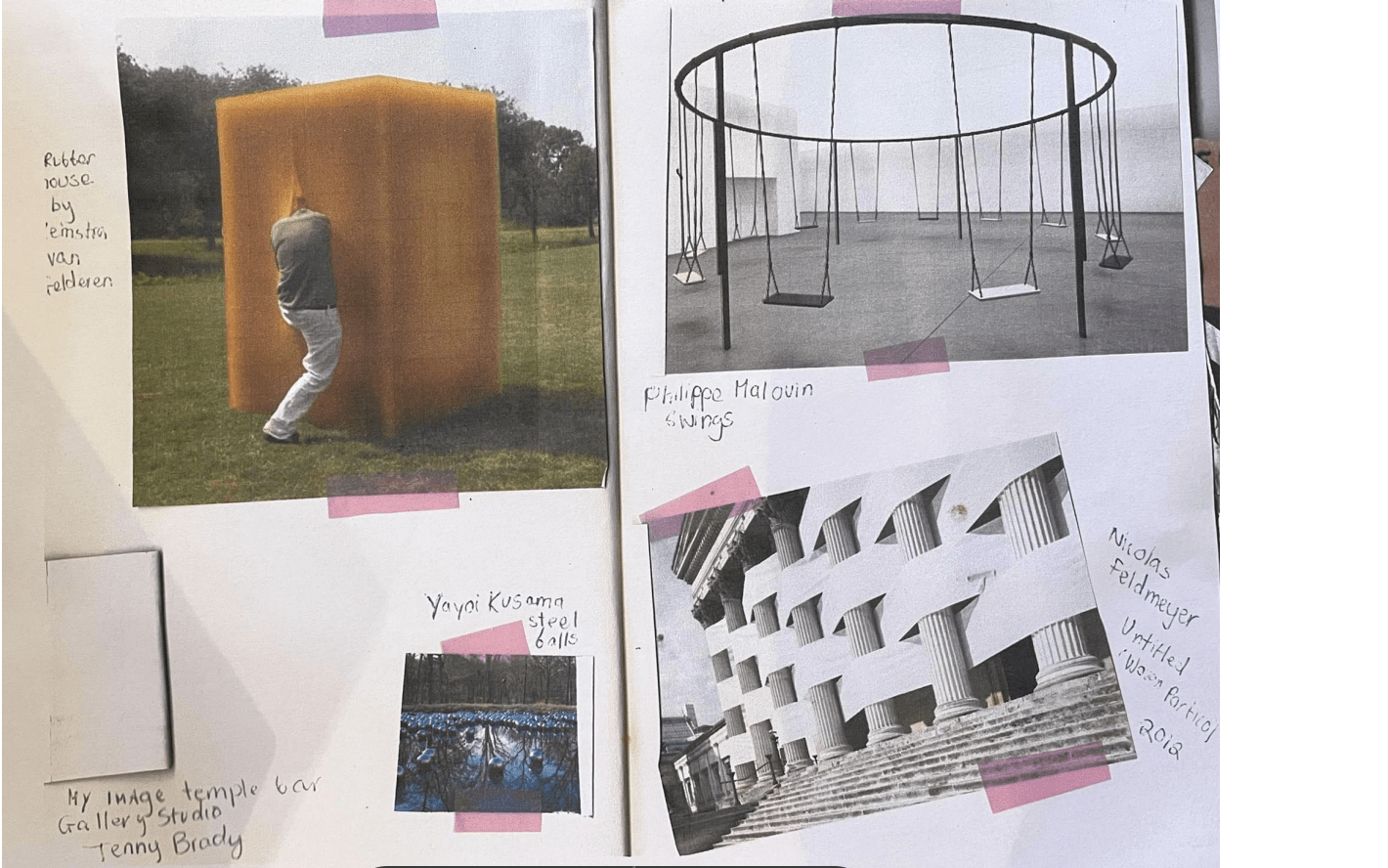
Students learned how to create shared experiences, welcome others into our work and cause connections to form moments that bring richness, colour and poetry to our lives. Students looked at the culture, philosophy and infrastructure of hospitality and at ways of using elements such as food, shelter, storytelling as tools in a nurturing and supportive atmosphere.
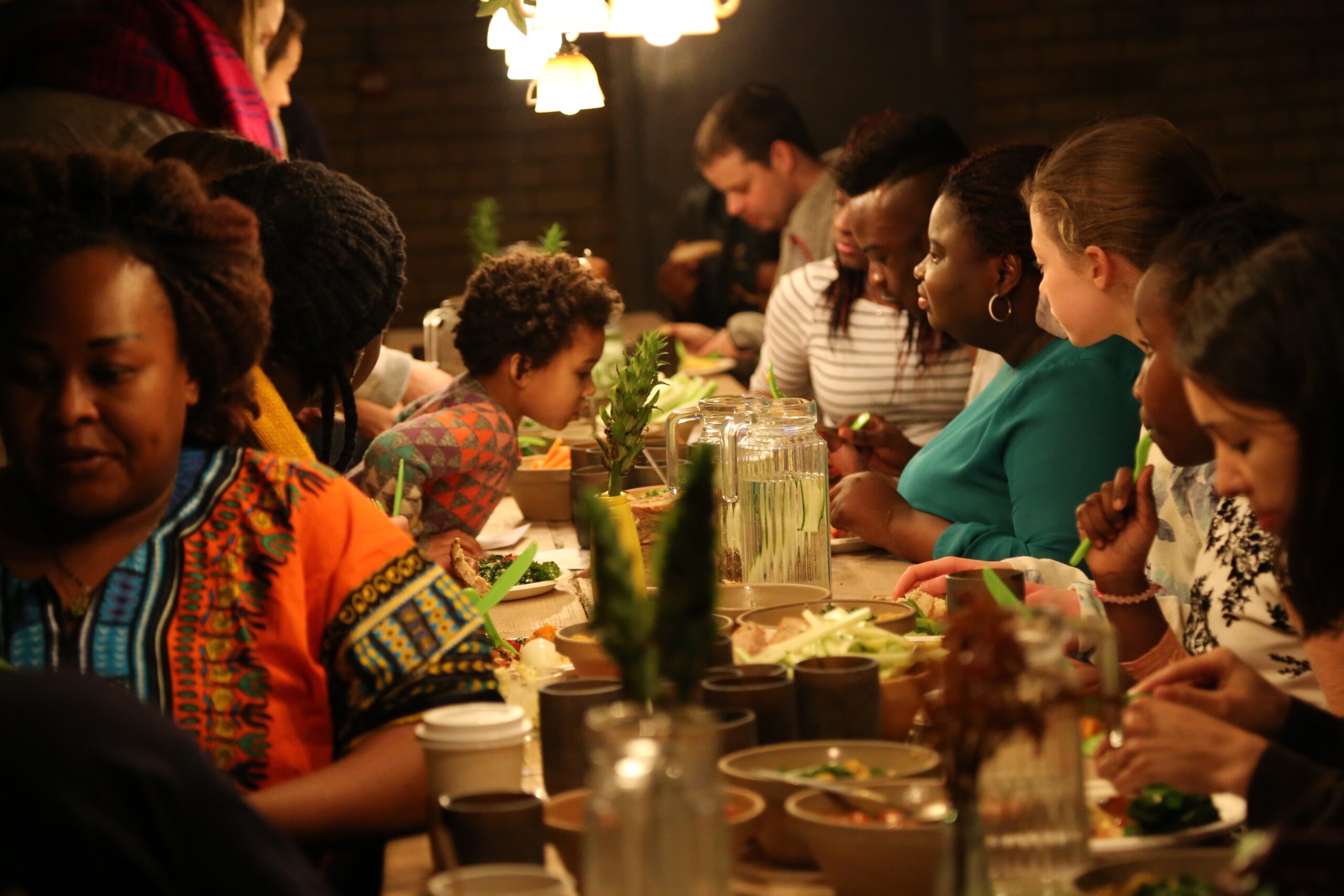
How Might I Reimagine My Practice through Circular Principles? The current modus operandi of creative industries is a linear one, largely following a ‘take-make-use-waste’ model. It is crucial that we as artists & designers radically reimagine our practices to be more circular, whereby work is made sustainably, used longer and then re-used or recycled at end-of-use. This Circular by Design (CbD) elective equipped learners with the knowledge base and practical, adaptable skills required to apply circular principles & strategies to their design and art production and processes.

This elective project is sited in the area around NCAD, Thomas Street Dublin 8. Students were asked to make an intervention in this area of the City to create ‘lungs’, or ‘spaces to breathe’ into the urban fabric. The space to breathe may be seen as a disruption to or change in the city fabric, and students were free to interpret this as they see fit. The breathing space constitutes a break in space and/or time. It may be a design for a green/other space in which to literally breathe, or it may be a performance or time-constrained piece which allows the city to pause, to be disrupted or to question.
